An analytical approach to 3D orthodontic load systems
- PMID: 24605915
- PMCID: PMC4149860
- DOI: 10.2319/092513-702.1
An analytical approach to 3D orthodontic load systems
Abstract
Objective: To present and demonstrate a pseudo three-dimensional (3D) analytical approach for the characterization of orthodontic load (force and moment) systems.
Materials and methods: Previously measured 3D load systems were evaluated and compared using the traditional two-dimensional (2D) plane approach and the newly proposed vector method.
Results: Although both methods demonstrated that the loop designs were not ideal for translatory space closure, they did so for entirely different and conflicting reasons.
Conclusions: The traditional 2D approach to the analysis of 3D load systems is flawed, but the established 2D orthodontic concepts can be substantially preserved and adapted to 3D with the use of a modified coordinate system that is aligned with the desired tooth translation.
Keywords: Biomechanics; Moment-to-force ratio; Orthodontic force systems; T-loop archwire; Three-dimensional.
Figures

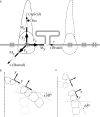

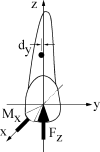
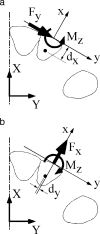


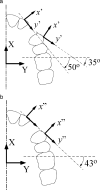
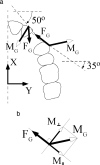


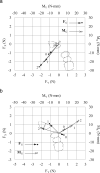
References
-
- Chen J, Bulucea I, Katona TR, Ofner S. Complete orthodontic load systems on teeth in a continuous full archwire: the role of triangular loop position. Am J Orthod Dentofacial Orthop. 2007;132:143.e141–148. - PubMed
-
- Chen J, Markham DL, Katona TR. Effects of T-loop geometry on its forces and moments. Angle Orthod. 2000;70:48–51. - PubMed
-
- Gregg J, Chen J. The effect of wire fixation methods on the measured loading systems of a T-loop orthodontics spring. Paper presented at: AAO Annual Meeting; May, 1997; Philadelphia, Pa.
-
- Katona TR, Le YP, Chen J. The effects of first- and second-order gable bends on forces and moments generated by triangular loops. Am J Orthod Dentofacial Orthop. 2006;129:54–59. - PubMed
-
- Lisniewska-Machorowska B, Cannon J, Williams S, Bantleon HP. Evaluation of force systems from a “free-end” force system. Am J Orthod Dentofacial Orthop. 2008;133:791.e1–10. - PubMed
Publication types
MeSH terms
Grants and funding
LinkOut - more resources
Full Text Sources
Other Literature Sources

